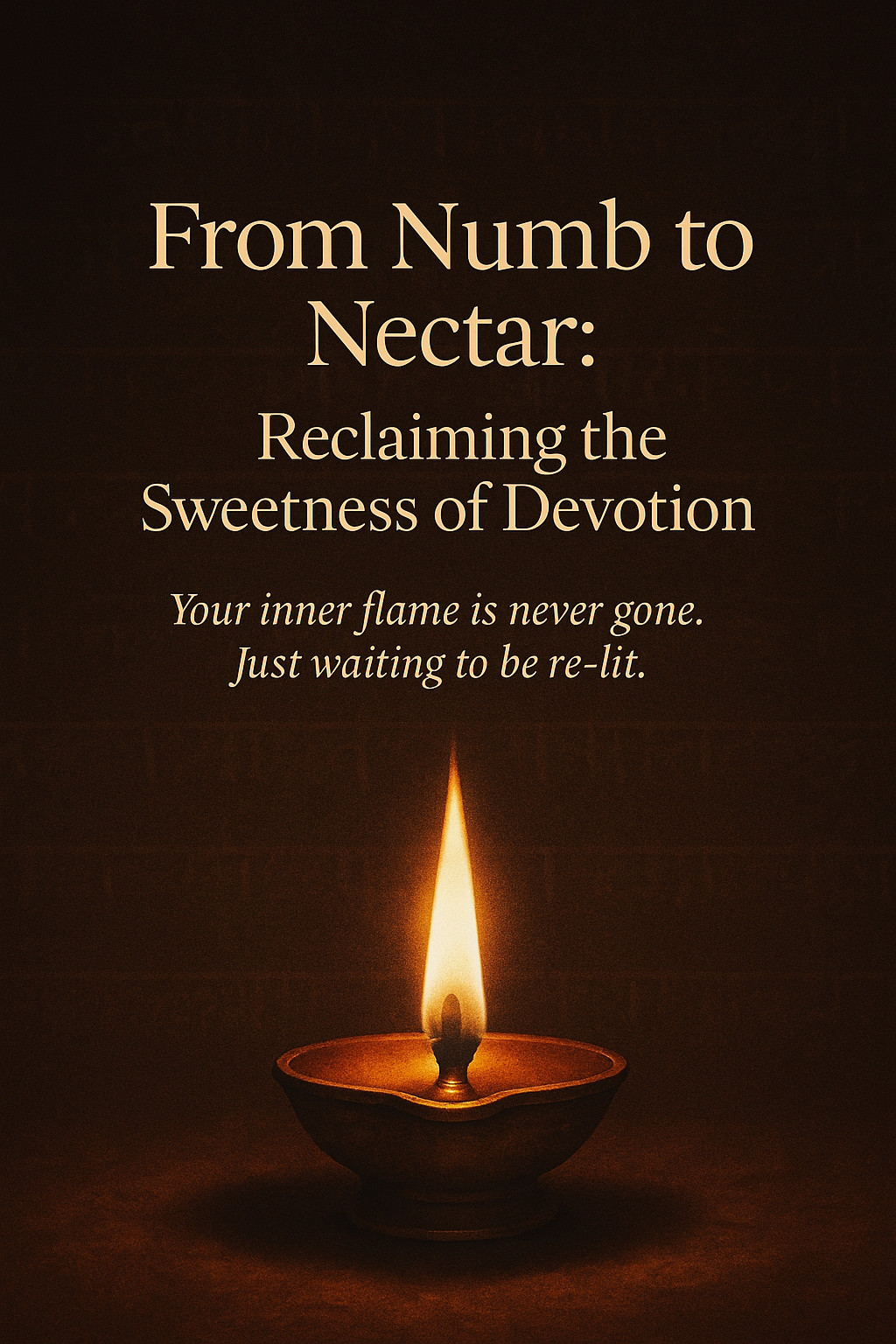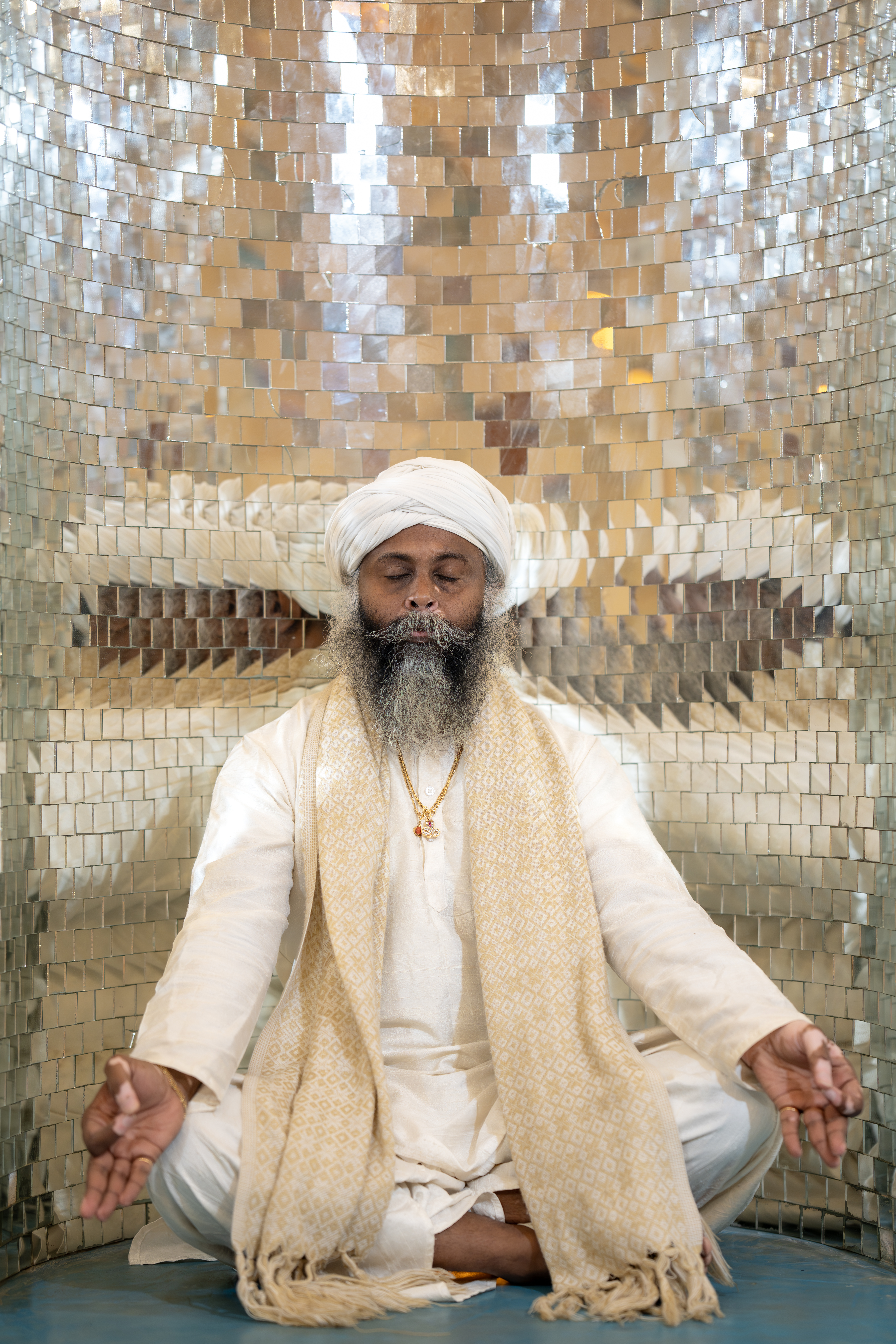In relationships, understanding behaviors that drive a wedge between partners is crucial for cultivating a safe and fulfilling partnership. One significant challenge arises when feeling hurt or scared, as our instinct often pushes us to react defensively. However, if a couple has built a strong foundation of love through consistent care, understanding, and affection, it becomes easier to navigate conflicts, using this emotional "bank" as a buffer to reconnect swiftly.
Distinguishing between calling out and calling in a partner's behavior is pivotal. Criticizing or calling out can inadvertently create barriers fueled by self-righteousness, which often leads to emotional distance. True boundaries should protect the relationship while fostering connection, transforming the dynamic by promoting shared accountability and empathy.
Transforming conflicts into collaborative opportunities requires partners to approach problems as a team, acknowledging their contributions to the dynamics at play. This approach softens defenses and encourages collaboration, turning potential power struggles into growth opportunities. Over time, by prioritizing connection over blame and focusing on mutual understanding, relationships can evolve into secure and trust-filled partnerships, shifting the focus from individual grievances to collective problem-solving.
Read more...Life is a journey rich with encounters, relationships, and lessons that shape us over time. As we meet various individuals, some challenge our boundaries and test our resilience, while others might use our kindness and resources, helping us learn crucial lessons in setting boundaries and recognizing self-worth. However, the most meaningful connections are with those who genuinely love us, teach us valuable lessons, and ultimately bring out the best versions of ourselves, reminding us of our inherent value and inspiring us to reach our full potential.
Challenges presented by those who test us serve as vital catalysts for personal growth, pushing our limits and questioning our beliefs. Although their presence might be difficult, these individuals help us cultivate resilience, patience, and self-awareness, forcing us to evolve into stronger and more self-aware individuals. Moreover, encounters with those who use us, while often painful, underscore the importance of self-respect and lead us to cherish relationships with those who reciprocate our kindness and energy.
The people who truly love us provide unwavering support and warm acceptance, whether they are family, friends, or romantic partners. By nurturing love in its many forms, these relationships give comfort and foster an environment where we can grow, grounded in the knowledge that we are valued and inspired to love ourselves as deeply. As we navigate life’s journey, understanding the roles others play allows us to cultivate relationships with clarity and purpose, encouraging us to remain mindful of the connections we cherish while striving to uplift and inspire those around us.
Read more...In the quest for self-discovery and growth, many of us turn to knowledge, discipline, and mindfulness as essential tools. However, a profound insight from spiritual traditions suggests that the true path to immediate peace lies in surrendering to love. This shift from mere intellectual understanding to an open-hearted approach emphasizes that fulfillment transcends structured practices and rests in embracing love.
While disciplined practices like yoga and meditation provide foundational stability, their impact diminishes if performed automatically without presence. Similarly, knowledge offers clarity and wisdom, serving as a guide through life’s challenges. Yet, knowledge remains theoretical unless it is deeply internalized and paired with genuine awareness.
Meditation bridges the gap between understanding and surrender, taking us from mental chatter to a place of inner stillness. However, the ultimate freedom emerges from a loving surrender—an act of trust, vulnerability, and openness to life’s unfolding. By integrating structured practice, knowledge, meditation, and love, we balance discipline with liberation, cultivating a life that is both wise and deeply aligned with peace.
Read more...Abundant love is a profound way of living that brings joy, harmony, and fulfillment. To cultivate this love, ten secrets can be embraced, starting with the power of thought. Love begins in the mind, and by focusing on positive, loving ideas, we can change our beliefs and attitudes, laying the foundation for loving experiences and relationships.
Respect and submission are crucial elements of love. Respecting others starts with self-respect, honoring personal boundaries and values. True love involves giving rather than getting, and prioritizing contributions to others' lives fosters loving, happy, and lifelong relationships.
Friendship, physical contact, and discipline further enhance love. Lasting love is built on friendship, looking in the same direction together. Physical touch breaks down barriers and strengthens bonds, while discipline in love means letting go of fears and prejudices to create a nurturing environment. By embracing these secrets, abundant love can transform lives and create enduring, joyful connections.
Read more...In today's fast-paced world filled with constant notifications and social media feeds, distractions are abundant, often promising temporary relief yet hindering progress toward personal goals. Distractions aren't always overt; they can include seemingly productive tasks like answering non-urgent emails or overthinking minor decisions, leading to a false sense of busyness rather than effective progress. These diversions provide the illusion of accomplishment, preventing meaningful forward movement.
Conversely, discipline acts as the transformative force turning dreams into reality by maintaining focus on priorities despite tempting distractions. Being disciplined doesn't denote perfection; it involves consistently making choices aligned with one's values and objectives. This steady practice grounds individuals, allowing them to be intentional about their actions, thus fostering genuine accomplishment instead of transient busyness.
To shift from distraction to discipline, individuals can start by clarifying priorities, auditing their time, and setting boundaries with technology. Breaking goals down into small steps, practicing mindfulness, and building accountability with others are also practical strategies. Ultimately, each choice between distraction and discipline shapes one's future, with discipline offering lasting fulfillment and alignment with one's desires, making the pursuit of discipline not only a daily commitment but a deeply rewarding life-altering decision.
Read more...
